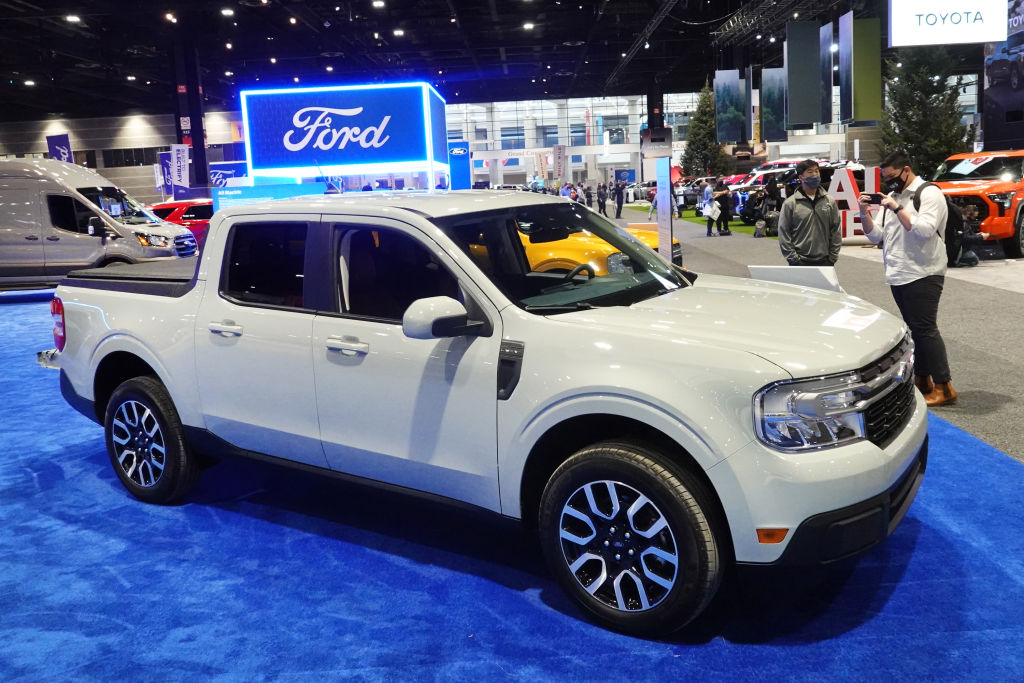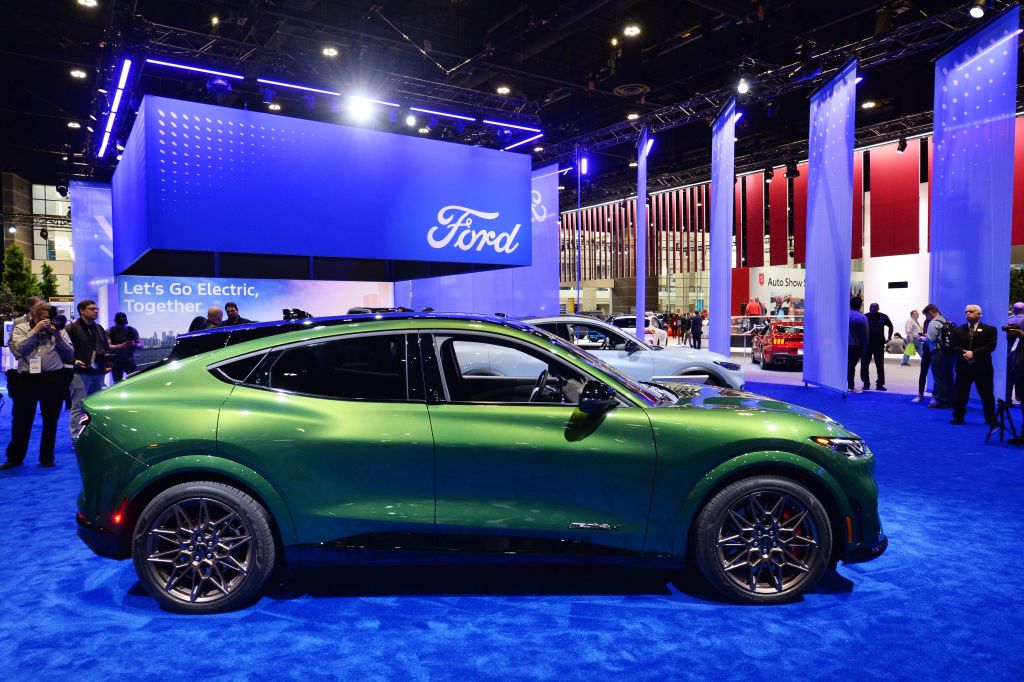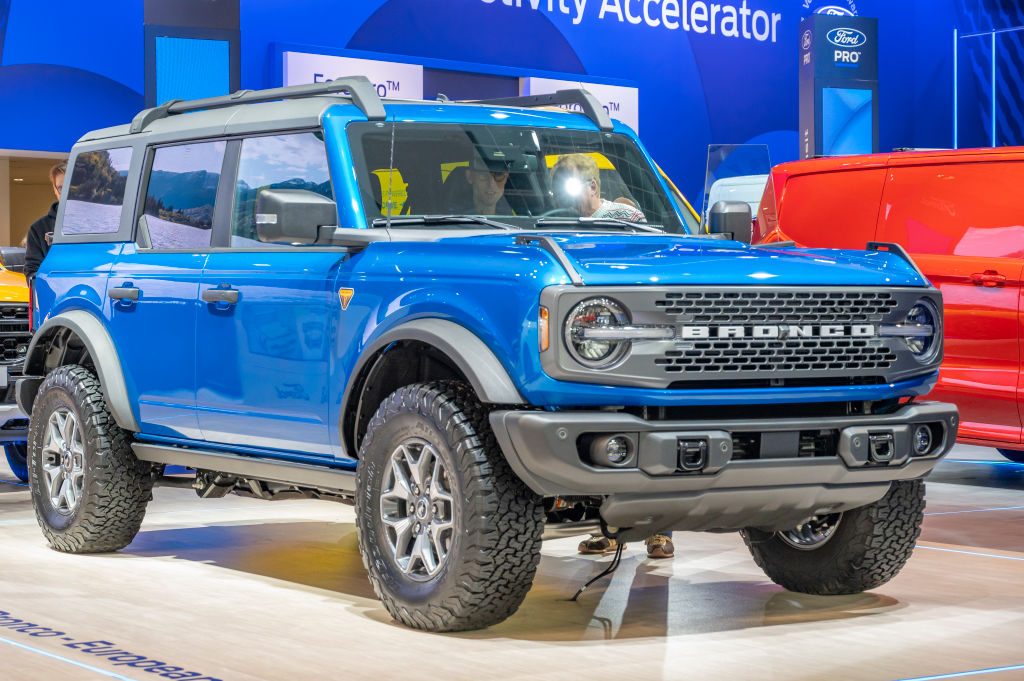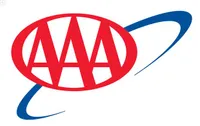Ford Sticker Shock: Tariffs Trigger Price Hikes on Popular Models
Why Ford is raising prices on three of its popular models and what it means for car buyers.

If you’ve been eyeing a new Ford lately, brace yourself — prices are going up. Ford recently announced that it’s raising the sticker prices on several popular models, citing rising costs from tariffs on imports from Mexico.
These tariffs are hitting the automaker hard, increasing manufacturing expenses and squeezing the supply chain. Unfortunately, that means higher costs are being passed on to car buyers.
If you’re thinking, “It’s not just Ford, right?” you’re correct. Other major car brands are dealing with similar challenges, but Ford’s reliance on Mexican imports means it’s feeling the pinch more than others. Tariffs and supply chain woes are driving up prices.
From just $107.88 $24.99 for Kiplinger Personal Finance
Become a smarter, better informed investor. Subscribe from just $107.88 $24.99, plus get up to 4 Special Issues

Sign up for Kiplinger’s Free Newsletters
Profit and prosper with the best of expert advice on investing, taxes, retirement, personal finance and more - straight to your e-mail.
Profit and prosper with the best of expert advice - straight to your e-mail.
How tariffs and supply chain woes are driving up prices
Currently, the U.S. imposes a 25% tariff on imported vehicles and parts from Mexico. This increase affects everything from raw materials to finished components, pushing costs up across the board. It’s not just tariffs — global supply chain disruptions have been a persistent problem for automakers since the pandemic, raising prices for everything from steel to semiconductors.
As these tariffs continue, the costs are expected to be passed directly to buyers through higher sticker prices, hurting affordability.
Which Ford models are seeing price hikes?
While most Ford cars are built in the U.S., several popular models manufactured in Mexico are directly impacted.
Ford Maverick

Dubbed “America’s most affordable pickup,” the Maverick has been a favorite for budget-conscious buyers. Starting May 2, Ford has raised its suggested retail price by $600 to $2,000 for Mavericks built in Mexico.
Ford Mustang Mach-E

The all-electric Mach-E, also produced in Mexico, will see a similar price bump. For buyers drawn to this innovative EV, the price difference can be significant, particularly when combined with shifting incentives and rising EV costs across the industry.
Ford Bronco Sport

Another Mexican-made SUV, the Bronco Sport, joins the group with sticker increases in the same range.
While the price hikes vary by model and trim, the new tariffs have forced Ford to adjust prices mid-year, despite earlier reassurances that auto prices would remain stable in 2025.
According to statements from Ford reported by Reuters, the company isn’t passing on the full cost of tariffs to customers (yet), but these increases mark a shift.
The impact widens when you consider that economists estimate tariffs could add anywhere from $5,000 to $10,000 to the sticker price of imported vehicles, and $3,000 for domestic vehicles, according to the Kiplinger Letter Staff, depending on make and model.
More than just roadside assistance, AAA Classic Membership offers 24/7 peace of mind plus access to thousands of discounts on travel, dining, shopping and more.
How tariffs could impact your next Ford purchase
For buyers previously considering the Maverick or other imported Ford models as an entry-level pickup option, this tariff-driven surge could prompt a change in plans, including waiting for incentives or switching to different models.
Here are a few key things to watch out for in the coming months.
1. Sharp increases in retail prices
If you’re shopping for one of the affected Ford models, expect a jump in MSRP. Depending on the vehicle and trim, that increase may range from a few hundred dollars to thousands overnight.
This adjustment adds to typical mid-year pricing tweaks and local market markups.
2. Dealership inventory squeeze
Tariffs aren’t just driving prices up; they’re affecting availability. Many dealers are facing thinner inventories, with some models selling out faster as buyers rush to purchase before further increases.
3. Higher cost of ownership
Not only are upfront costs rising, but the prices of imported parts may also increase due to tariffs. Routine repairs and maintenance could become pricier, especially for vehicles dependent on Mexican-sourced components.
4. Market response and uncertainty
Ford isn’t alone. Other automakers with significant manufacturing or parts trails outside the U.S. are also revising prices, suspending financial guidance, or withdrawing from traditional forecasting as they wait for the dust to settle.
For instance, Ford paused its annual guidance due to unpredictable tariff effects and potential retaliatory moves from trade partners.
5. EV market turbulence
The Ford Mustang Mach-E, a key player in Ford’s electric vehicle ambitions, sits at the crossroads of tariff disruption and the broader struggles facing the EV market. Ford projects up to $5.5 billion in EV and software losses this year, on top of more than $10 billion in losses since 2023.
The price hike on the Mach-E comes as EV buyers face shrinking incentives and rising prices across the segment.
While the long-term outcome remains uncertain, automakers like Ford are adapting, absorbing some costs and reimagining supply chains, but consumer choices and prices are changing overnight.
Related Content
Profit and prosper with the best of Kiplinger's advice on investing, taxes, retirement, personal finance and much more. Delivered daily. Enter your email in the box and click Sign Me Up.

Choncé is a personal finance freelance writer who enjoys writing about eCommerce, savings, banking, credit cards, and insurance. Having a background in journalism, she decided to dive deep into the world of content writing in 2013 after noticing many publications transitioning to digital formats. She has more than 10 years of experience writing content and graduated from Northern Illinois University.
-
 My Retirement Learning Curve, 1 Year In
My Retirement Learning Curve, 1 Year InA retiree checks in with what they wish they knew early on and what they've changed about their plan one year in.
-
 Introducing Your CD's Edgier Cousin: The Market-Linked CD
Introducing Your CD's Edgier Cousin: The Market-Linked CDTraditional CDs are a safe option for savers, but they don't always beat inflation. Should you try their counterparts, market-linked CDs, for better returns?
-
 'Humbug!' Say Consumers, Despite Hot GDP: Stock Market Today
'Humbug!' Say Consumers, Despite Hot GDP: Stock Market Today"The stock market is not the economy," they say, but both things are up. Yet one survey says people are still feeling down in the middle of this complex season.
-
 Introducing Your CD's Edgier Cousin: The Market-Linked CD
Introducing Your CD's Edgier Cousin: The Market-Linked CDTraditional CDs are a safe option for savers, but they don't always beat inflation. Should you try their counterparts, market-linked CDs, for better returns?
-
 How to Protect Yourself and Others From a Troubled Adult Child: A Lesson from Real Life
How to Protect Yourself and Others From a Troubled Adult Child: A Lesson from Real LifeThis case of a violent adult son whose parents are in denial is an example of the extreme risks some parents face if they neglect essential safety precautions.
-
 Here's How Much You Can Earn with a $100,000 Jumbo CD
Here's How Much You Can Earn with a $100,000 Jumbo CDYou might be surprised at how fast a jumbo CD helps you reach your goals.
-
 A Financial Planner Takes a Deep Dive Into How Charitable Trusts Benefit You and Your Favorite Charities
A Financial Planner Takes a Deep Dive Into How Charitable Trusts Benefit You and Your Favorite CharitiesThese dual-purpose tools let affluent families combine philanthropic goals with advanced tax planning to generate income, reduce estate taxes and preserve wealth.
-
 How Financial Advisers Can Best Help Widowed and Divorced Women
How Financial Advisers Can Best Help Widowed and Divorced WomenApproaching conversations with empathy and compassion is key to helping them find clarity and confidence and take control of their financial futures.
-
 Your Guide to Buying Art Online
Your Guide to Buying Art OnlineFrom virtual galleries to social media platforms, the internet offers plenty of places to shop for paintings, sculptures and other artwork without breaking the bank.
-
 Samsung Galaxy S25 Ultra for $4.99 a Month: A Closer Look at Verizon’s Deal
Samsung Galaxy S25 Ultra for $4.99 a Month: A Closer Look at Verizon’s DealVerizon’s aggressive pricing makes Samsung’s top-tier phone tempting, but the real cost depends on your plan and how long you stay.
-
 I'm 59 With $1.7 Million Saved and Just Lost My Job. Should I Retire at 59½, or Find New Work?
I'm 59 With $1.7 Million Saved and Just Lost My Job. Should I Retire at 59½, or Find New Work?We asked professional wealth planners for advice.
